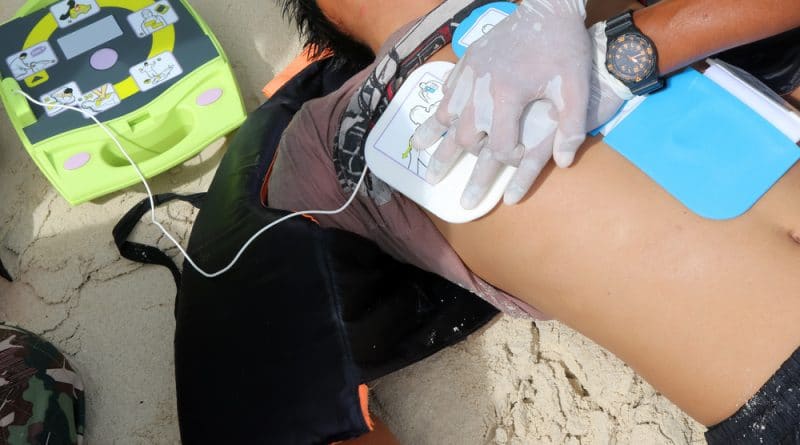An individual may experience mild and seemingly innocent chest pains in any environment, be it a restaurant, movie theater, or recreational center. However, if left undiagnosed, the same person could be a victim of cardiac arrest within an hour. Timely detection is the only way to ensure that the victim is able to stay responsive until help arrives. Another way to save the victim is to employ your Basic Life Support prowess after opting for a BLS renewal course.
Step 1: First Responder CPR
Did you know that global surveys have detected certain reluctance among bystanders to perform Cardiopulmonary Resuscitation on strangers? It can be natural to fear to step in when you see a victim struggling for their life- lest you make a grave error in judgment while reviving them! However, administering Cardiopulmonary Resuscitation instantly can give you the highest chances of stabilizing the patient and averting chances of a severe and possibly terminal heart attack.
Step 2: Swiftly Administering Defibrillation
The BLS course also includes steps on how to use an AED. You would want to execute this in a critical emergency if the patient has lost consciousness. Use the technique sooner rather than later, certainly within the first 2-5 minutes of the patient passing out. This can catapult the chances of patient survival to 51 or even 75 percent.
You can use a defibrillator to shock the patient. All you need is an AED if you are at a public facility. It is important to develop the skill to use an AED for effective results. The chance of survival for the victim will increase the quicker defibrillation is delivered.
Sadly, a lot of first responders at the scene tend to shy away from the use of the AED. Taking a course to use an AED is a smart way to ensure your patient survives in anticipation of a time when help arrives.
Step 3: Offering Superior Quality Life Support for Standardized and Effective Care
In case reviving the person with the aid of Cardiopulmonary Resuscitation is not possible, you may explore the following options-
- Start by implementing complex life support techniques. These include but are not limited to airway supervision and the use of prescribed drugs or medication to rectify obstructions or related issues.
- Experts go on to state that offering superior quality care is vital. This is because the eminence of care is directly proportionate to the results of the treatment.
Hence, take a BLS renewal course to ensure a more positive impact of resuscitation.













